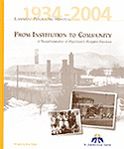New Edition of Former Graduate Student's Book Released
31 July 2007 - Thunder Bay
The Department of History is pleased to announce a new edition of former student Jean Morrison's (MA 1974) Superior Rendezvous-Place: Fort William in the Canadian Fur Trade has been published byNatural Heritage Books.Superior Rendezvous-Placeis a fascinating and important book, full of drama and colourful historical figures. Rare paintings, drawings, maps and 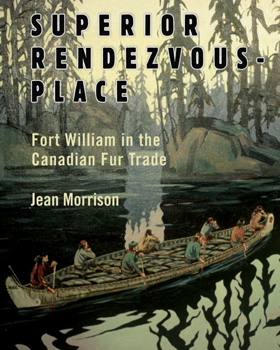 archival photographs complement her impeccable research and lively text.
archival photographs complement her impeccable research and lively text.
 archival photographs complement her impeccable research and lively text.
archival photographs complement her impeccable research and lively text.Peter C. Newman has described Morrison "as a natural story teller," and her book as "an essential historical document in the compelling history of Fort William, once the centre of the North American commercial universe." Carolyn Podruchny, a fur trade historian and Assistant Professor of History at York University, describes the book as " wonderful reading... [her] prose is beautiful."
Superior Rendezvous-Place encompasses the French predecessors of Fort William, Native Peoples of the time and the evolution of the fur trade, with an emphasis on the North West Company era. This most important work concludes with details of the reconstruction of the fort and the development of Fort William Historical Park, one of Ontario's "must see" attractions.
Jean Morrison, historian at the reconstructed fort in Thunder Bay for 15 years, has written widely on Fort William and the North West Company. Her credits include North West Company in Rebellion: Simon McGillivray's Fort William Notebook, 1815 (Thunder Bay Historical Museum Society, 1988, reprint 1997) and numerous articles and reviews on the fur trade and local labour history in The Canadian Encyclopedia, the Dictionary of Canadian Biography, the Thunder Bay Historical Society's annual Papers and Records, The Beaver and Families (Ontario Genealogical Society). Since retirement in 1990, she has served on the Ontario Geographic Names Board and the Fort William Historical Park Advisory Committee.
In 2003, Morrison edited and contributed to Lake Superior to Rainy Lake: Three Centuries of Fur Trade History and, in 2004, she won the Chronicle-Journal Prize for her contributions to Thunder Bay's heritage. In 2005, she won the Thunder Bay Museum Society's M. Elizabeth Arthur Award for the best scholarly production on the history of Northwestern Ontario. She enjoys living in Thunder Bay where she is married to Ken Morrison. She is proud of her three daughters and four grandchildren.
For over the past forty years, many of the Department of History's former undergraduate and graduate students have written books on a wide variety of historical subjects. For more information, see http://history.lakeheadu.ca/?display=page&pageid=40


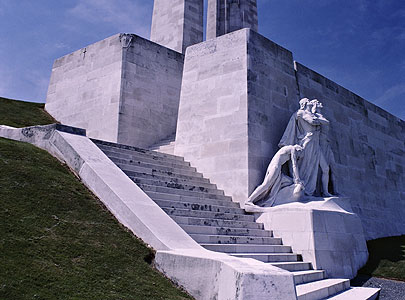
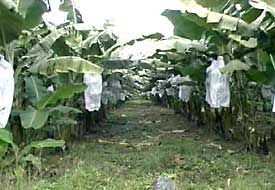 contrast, examines the roles that women assumed upon entering their new domain and how they changed as work available to men changed. Of particular interest is the changing place of West Indian women in Central American society after the completion of the Panama Canal in 1914 and during the rise and fall of the banana industry.
contrast, examines the roles that women assumed upon entering their new domain and how they changed as work available to men changed. Of particular interest is the changing place of West Indian women in Central American society after the completion of the Panama Canal in 1914 and during the rise and fall of the banana industry.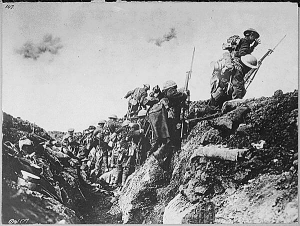 A soldier would have had plenty of copper or brass on him, such as bullets, badges, belts, and canteens," Ratz explains. The knowledge of the soldier's uniform helps to eliminate potential causes of death while also helping to identify a soldier.
A soldier would have had plenty of copper or brass on him, such as bullets, badges, belts, and canteens," Ratz explains. The knowledge of the soldier's uniform helps to eliminate potential causes of death while also helping to identify a soldier.